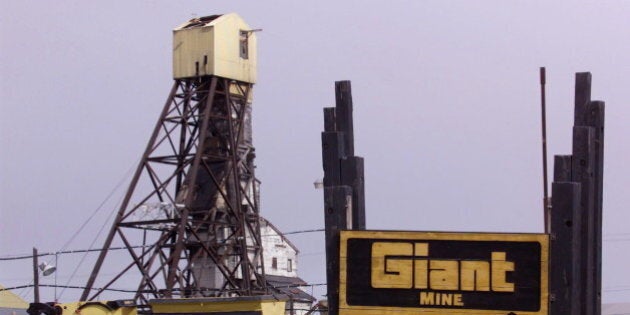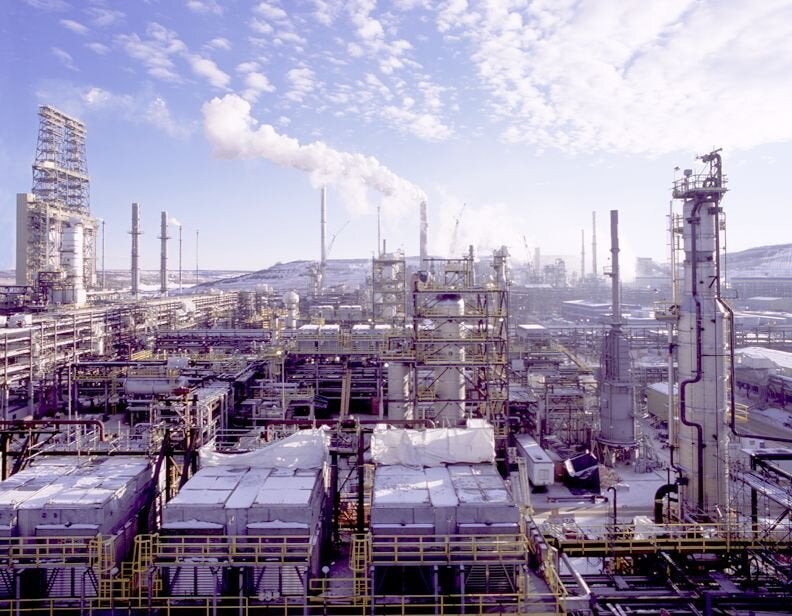
A mine in the Northwest Territories sits atop a lethal store of arsenic that would be enough to kill every man, woman and child in the world, Vice reports.
And a northern regulator wants to know precisely what will be done to keep it it from seeping out.
Proponents of the Giant Mine Remediation Project aim to freeze 237,000 tonnes of arsenic trioxide dust stored in chambers under the mine in Yellowknife, N.W.T. in order to keep it from contaminating nearby water, says Aboriginal Affairs and Northern Development Canada (AANDC).
The Mackenzie Valley Review Board, which conducts environmental impact assessments in the north, has been in discussion with the feds on how best to proceed with the nearly $1-billion project, CTV News reported.
In February it sent a letter to Aboriginal Affairs Minister Bernard Valcourt recommending that an independent watchdog supervise the cleanup, and that ongoing research be funded in order to deal with the mine's environmental impacts.
The board awaits the minister's response.
The dust being stored underground is dangerous. It's made of 60 per cent arsenic, and the U.S. Agency for Toxic Substances and Disease Registry estimates that as little as 70 to 180 milligrams of the substance can kill a person.
Multiply 237,000 by 60 per cent, convert that to milligrams, divide that number by 7 billion people and Vice's estimates seem pretty astute.
If it were to dissolve in water, the dust could contaminate nearby Baker Creek and Great Slave Lake. Indeed, in 1951, when the mine wasn't regulated, a boy with the Yellowknives Dene First Nation died after eating some snow near the site, the website reported.
The dust was a by-product of gold extraction that occurred at the mine from 1948 to 2004. It resulted in an arsenic-rich gas that was captured as dust and stored in underground chambers, said a 2010 report.
The mine's operators hoped that permafrost would trap the arsenic underground, but mining in the area has caused some of that frost to thaw, leaving water to seep in and out of some of the underground chambers.
The federal government took over the mine in 1999, and when the frost didn't materialize, a group including the federal, provincial and Yellowknife city governments resolved to create an "impenetrable barrier" using a "frozen block process" that keeps the ground frozen.
The process involves "thermosyphons," metal tubes that take the heat out of the ground and release it into the air. Similar technology is already in use at the territories' legislative building, where thermosyphons prevent the thawing of permafrost in the parking lot.
Proponents say there will be little sign of a mine, other than some industrial buildings like a water treatment plant.
Like this article? Follow our Facebook pageOr follow us on TwitterFollow @HuffPostCanada
